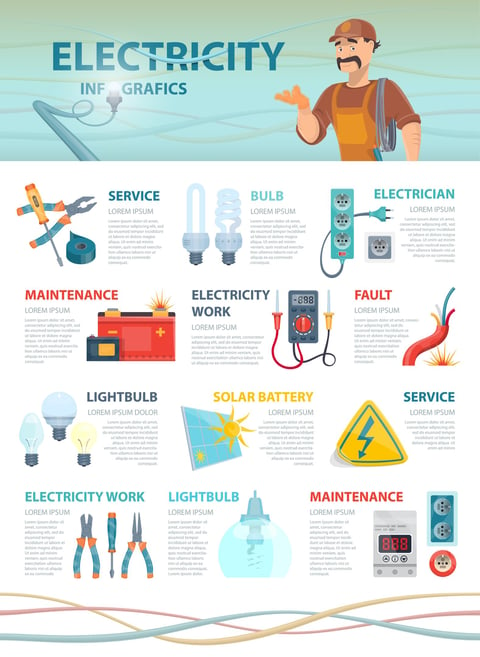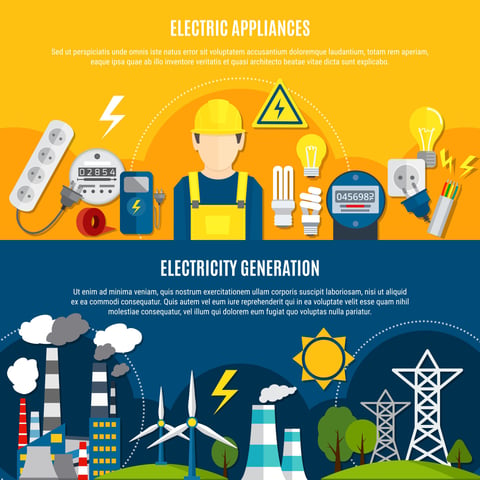Electrical Safety Journey
To educate and inform readers about the importance of electrical safety in daily life, workplaces, and industries. Highlight common risks, preventative measures, and the role of professional guidance in ensuring safety.
HEALTH AND SAFETY
Engr. Benjamin V. Gonzales Jr.
1/18/20254 min read

The Shocking Truth About Electrical Safety: A Personal Exploration
As an electrical engineer who has spent over two decades designing and managing complex systems—from hyperscale data centers to smart cities and iconic structures—I’ve seen firsthand the transformative power of electricity. It’s the lifeblood of our modern world, quietly running behind the scenes to power our homes, industries, and innovations. But with great power comes great responsibility—and risks.
Electrical safety isn’t just a technical topic for me; it’s deeply personal. I’ve witnessed moments where adherence to safety protocols saved lives and others where minor oversights led to near-catastrophes. These experiences have solidified my belief that electrical safety is not just a set of rules; it’s a mindset—a culture that we must nurture.
The Invisible Danger
Electricity is invisible but omnipresent, and this makes it both fascinating and dangerous. Unlike a visible threat, such as a fire, electrical hazards often strike without warning. A frayed wire, an overloaded circuit, or improper grounding can instantly turn a routine day into a tragedy.
I recall one incident during the early years of my career. We were retrofitting an aging industrial plant, and during a routine inspection, a team member’s glove accidentally brushed against an improperly insulated panel. Thankfully, he was wearing high-quality PPE (personal protective equipment), and a disaster was averted. That moment reinforced the importance of even the simplest safety measures—measures that are often ignored in haste or complacency.
Lessons from the Field
Having worked on projects like Singapore’s first smart city in Punggol Digital District and confidential hyperscale data centers, I’ve come to appreciate the layers of safety protocols required in different environments. Here are a few lessons I’ve learned that apply universally, whether you’re managing a major industrial project or simply fixing an appliance at home:
Respect the Basics: Always turn off the power supply before working on any electrical system. It sounds elementary, but it’s a rule that has saved countless lives.
Invest in Quality: Use high-quality materials and tools. Cheap, substandard equipment is a false economy that often leads to costly—and dangerous—failures.
Understand Your System: Whether you’re an engineer, an electrician, or a homeowner, understanding the electrical system you’re working with is crucial. If in doubt, consult a professional.
Prioritize Grounding and Bonding: These are non-negotiables in electrical safety. Proper grounding channels stray currents safely into the earth, preventing shocks and fires.
Continuous Education: Technology evolves, and so do safety standards. Staying updated on the latest codes, tools, and techniques is a professional obligation.
Building a Culture of Safety
One of the most fulfilling parts of my role as a Principal Electrical Engineer is mentoring young engineers and instilling in them a culture of safety. I emphasize that safety is not about ticking boxes on a compliance checklist; it’s about understanding the “why” behind each guideline and embedding it into daily practice.
During my time working on the Singapore Changi Airport project, safety protocols were treated with the same importance as the engineering design itself. Regular safety audits, toolbox talks, and an open culture of reporting hazards created an environment where everyone—from the laborers to the engineers—felt responsible for each other’s safety. This experience profoundly influenced how I approach all my projects today.
Electrical Safety at Home
Electrical safety isn’t confined to large-scale projects. It starts at home. Over the years, I’ve seen many avoidable accidents resulting from DIY electrical work, overloaded outlets, or neglected maintenance. Simple steps like using surge protectors, avoiding daisy-chaining extension cords, and periodically checking for signs of wear and tear can make a significant difference.
One of the most heartbreaking stories I’ve encountered involved a family who lost their home to a fire caused by an overloaded extension cord. This tragedy could have been prevented with a basic understanding of load limits and proper usage. It’s a sobering reminder of how critical it is to respect electricity’s power, even in mundane settings.
Our Commitment to Safety
As I continue my journey—both as a practicing engineer and a graduate student pursuing my Master’s in Electrical Engineering — I remain committed to advocating for electrical safety. It’s my mission to not only design systems that are efficient and innovative but also safe and sustainable for everyone who interacts with them.
If there’s one message I’d like to leave you with, it’s this: Electrical safety is everyone’s responsibility. Whether you’re an engineer, a technician, or a homeowner, take the time to educate yourself and those around you. After all, the life you save could very well be your own.
Let’s build a world where safety is second nature, and electricity continues to empower us without harm.















